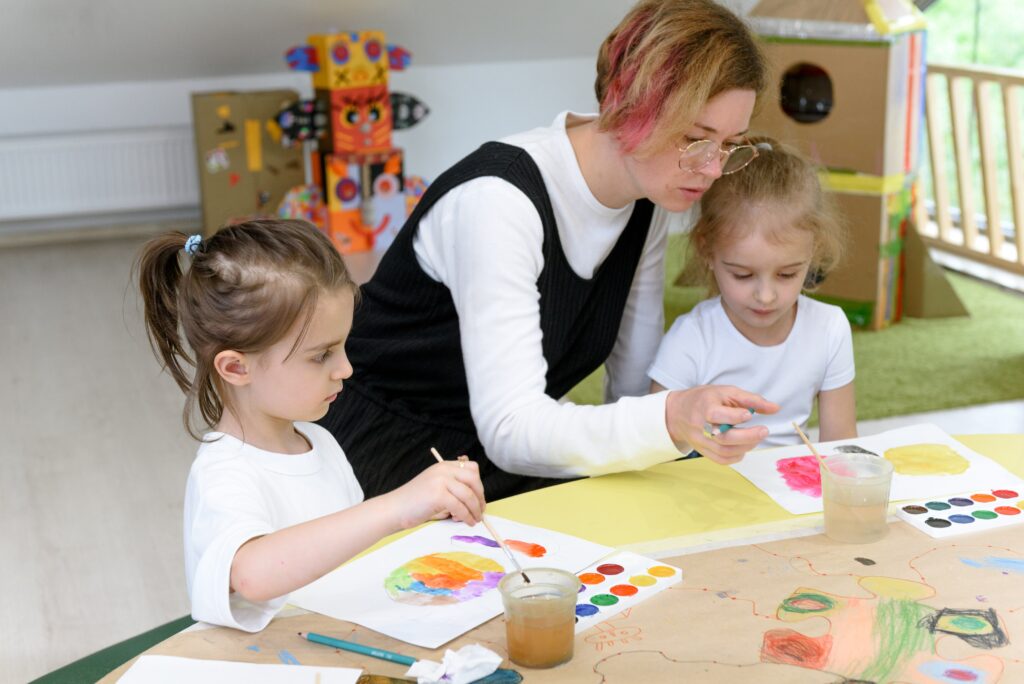Therapies for ASD
What therapies are available for ASD?
More therapies can help children with ASD. Some of these therapies may apply to the issues you are facing. While discussing your child’s needs with your Senco or GP, make sure to use this knowledge. It is not advisable to expect these therapies to ‘cure’ ASD, but they may assist in managing behaviors.
1. Behavioural therapy: Applied Behaviour Analysis (ABA) is one type of therapy that can be very effective for children with autism. It focuses on teaching new skills and also reducing problem behaviours.
2. Speech therapy: Children with autism may have difficulty communicating, so speech therapy can be helpful in helping them develop their language skills.
3. Occupational therapy: Occupational therapy can help children with autism improve their motor skills and learn how to complete daily tasks independently.
4. Social skills training: Children with autism may have difficulty with social interactions, so social skills training can help them learn how to interact appropriately with others.
5. Medications: In some cases, medication can be used to help manage symptoms associated with autism, such as attention deficit hyperactivity disorder (ADHD), anxiety or depression. These must be prescribed through your GP.
6. Sensory integration therapy: Aims to help a child understand and respond to sensory stimuli in the environment, such as light and sound. For example, weighted blankets, deep pressure, and joint compressions can provide deep pressure input to the body, which can help to improve focus and decrease anxiety. Try looking for sensory toys and aids on Sensory Direct‘s page or on Amazon.
7. Music therapy: Uses music to help children with autism develop social and communication skills.
8. Art therapy: Uses art activities to help children express their emotions and build self-esteem.

9. Animal assisted therapy (AAT) has been shown to help ASD children in a variety of ways. AAT can help reduce anxiety, increase socialisation, and also improve communication skills. The calming presence of an animal can help ASD children regulate their emotions, providing a sense of safety and comfort.
10. Parent and family support: Parents and caregivers play a vital role in the treatment and support of children with autism. Joining a support group or working with a therapist who has experience with autism can help parents and caregivers learn how to better communicate and, at the same time, learn how to interact with their child.
